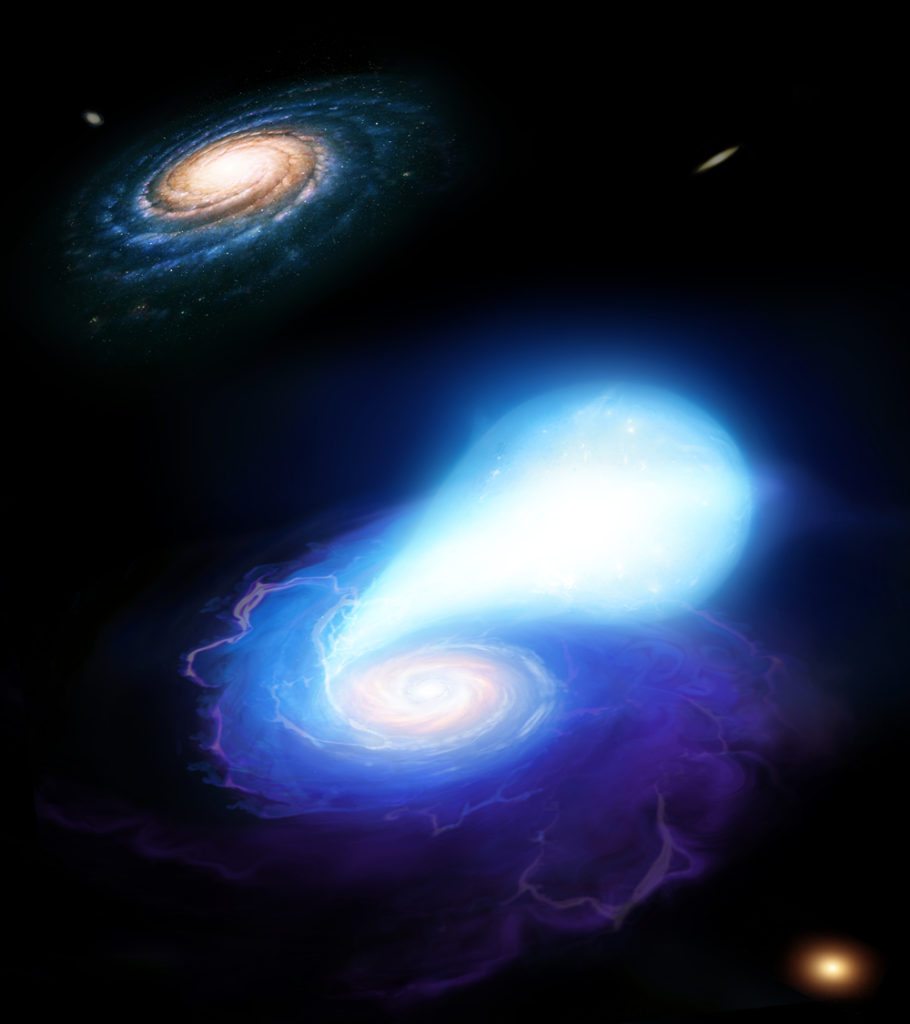Researchers explain supernovae-like explosions outside galaxies
Warwick researchers have determined that calcium rich supernovae-like explosions that tend to occur at unusual spots in space are likely caused due to white dwarfs crashing into neutron stars.
Previous research has shown that these explosions gave off extensive amounts of calcium as compared to traditional supernovae, which points them out to possibly be one of the dominant contributing sources of calcium in the Universe.
As a third of these events occur at least 65 thousand light years from a potential host galaxy, these unusual locations underpinned the main question underlying the paper, which addresses the causes behind the explosions.
Dr.Lyman explained: “One of the weirdest aspects is that they seem to explode in unusual places. For example, if you look at a galaxy, you expect any explosions to roughly be in line with the underlying light you see from that galaxy, since that is where the stars are.
“However, a large fraction of these are exploding at huge distances from their galaxies, where the number of stellar systems is miniscule.
“What we address in the paper is whether there are any systems underneath where these transients have exploded, for example there could be very faint dwarf galaxies there, explaining the weird locations.
We present observations, going just about as faint as you can go, to show there is in fact nothing at the location of these transients – so the question becomes, how did they get there?”
After considering several possibilities, including that of hypervelocity massive stars, the researchers established that a collision between a white dwarf star and neutron star fit the criteria required for a calcium-rich transient to occur.
Dr. Lyman commented: “What we therefore propose is these are systems that have been ejected from their galaxy. A good candidate in this scenario is a white dwarf and a neutron star in a binary system.
The neutron star is formed when a massive star goes supernova. The mechanism of the supernova explosion causes the neutron star to be `kicked’ to very high velocities (100s of km/s).
This high velocity system can then escape its galaxy, and if the binary system survives the kick, the white dwarf and neutron star will merge causing the explosive transient.”
The paper, titled ‘The progenitors of calcium-rich transients are not formed in situ’ has been published by the journal Monthly Notices of the Royal Astronomical Society and is available here.

Comments